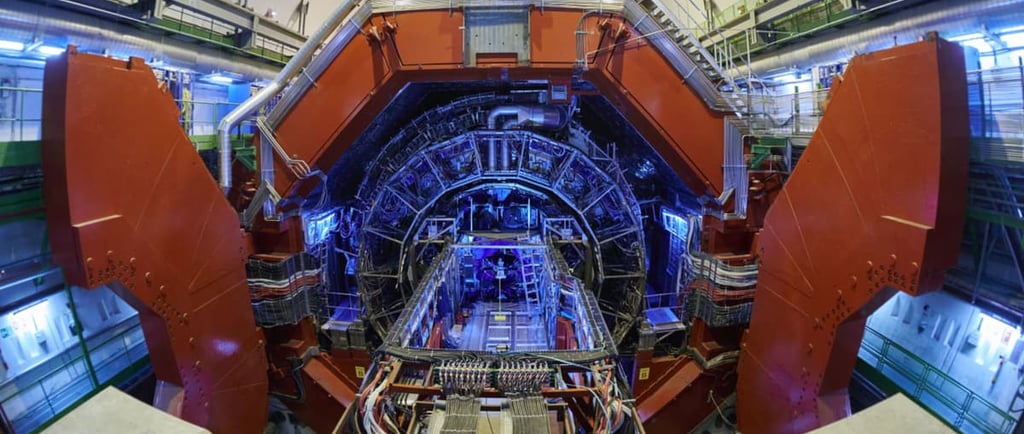The Secrets of Gold Creation at the World's Largest Hadron Collider


The Fascinating World of Particle Collisions
The world's largest particle collider, known as the Large Hadron Collider (LHC), is renowned for its groundbreaking research in particle physics. By smashing lead atoms together at near light speed, this colossal machine orchestrates a symphony of collisions that produce remarkable results. Among these results is the startling creation of approximately 89,000 gold nuclei every second, revealing insights into both the fundamental laws of nature and the process of gold formation.
The Mechanics Behind Gold Nucleus Production
This extraordinary quantity of gold, albeit minuscule, emerges from the rapid collisions of lead ions. When these lead atoms collide at great velocities, they manifest extreme energy conditions that momentarily recreate the state of matter present just after the Big Bang. This high-energy environment is ideal for producing new particles, including gold nuclei. Interestingly, the outcome of these collisions results in the formation of only 29 trillionths of a gram of gold that quickly interacts with the beam pipe and is fragmented in mere fractions of seconds.
The Implications of Gold Nucleus Formation
The implications of producing gold at the LHC extend beyond novelty; they challenge our comprehension of particle interactions and atomic structure. Each collision can be seen as a miniature version of stellar nucleosynthesis, the process through which elements are formed in stars. By recreating these conditions in a controlled setting, physicists can delve into unanswered questions about the universe's formation, the properties of matter, and potential applications in various scientific fields.
The creation of gold nuclei at the LHC illustrates the remarkable interplay between theory and experiment. While the actual quantity of gold might be insignificant when compared to the gold mined from the Earth, the broader scientific knowledge gained from such experiments establishes the LHC as a pivotal tool in contemporary physics. Through understanding these intricate processes, we inch closer to unraveling the mysteries of the universe and the captivating world of high-energy physics.
